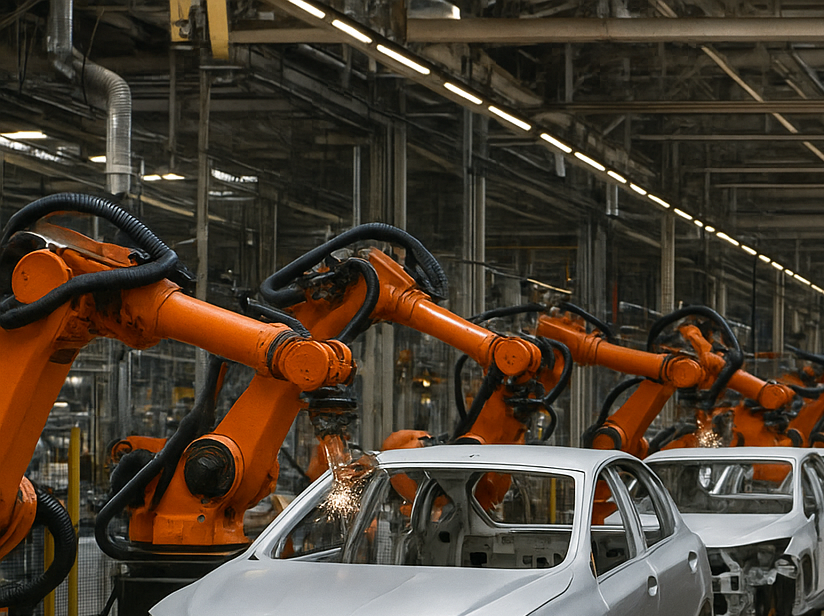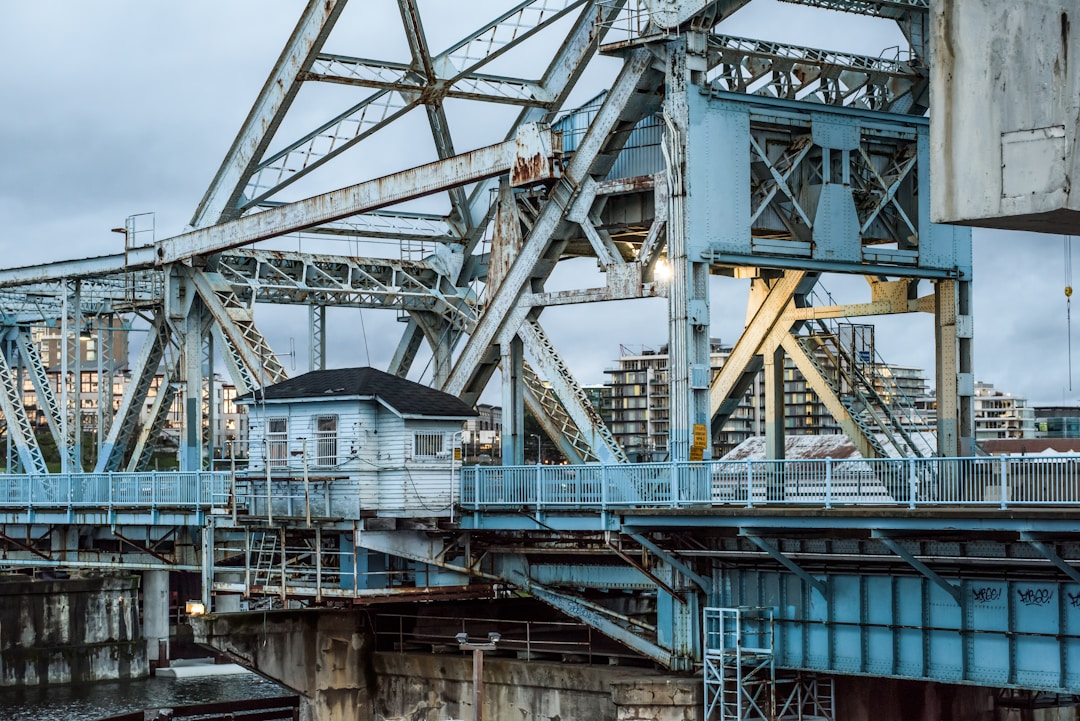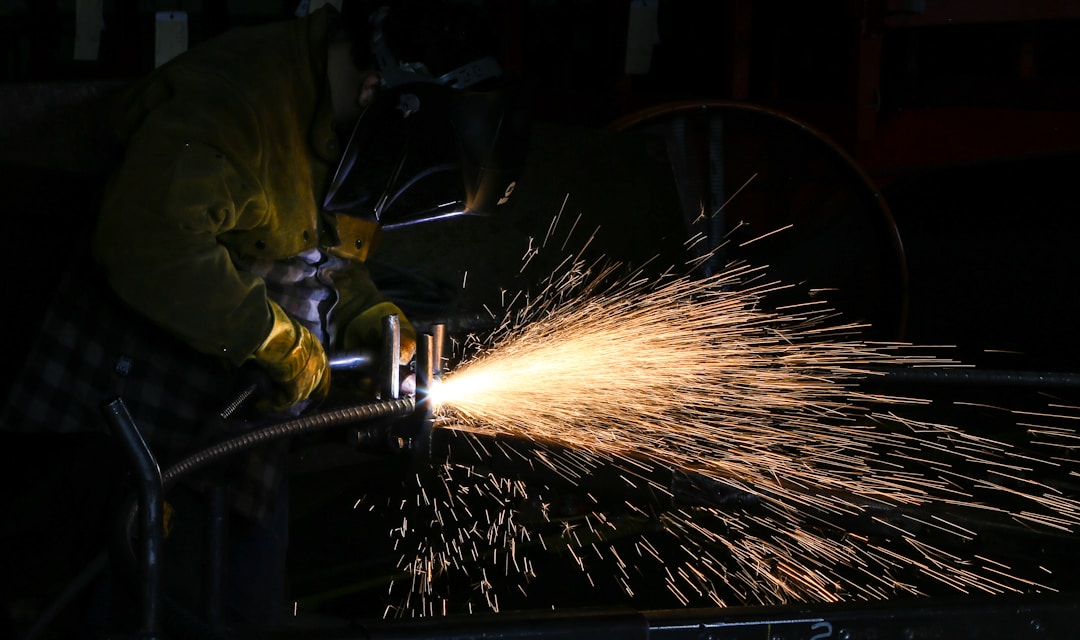After the US plane arrived, BRICS countries imposed heavy tariffs on Chinese steel products
2025-04-25
Recently, India and Colombia have successively imposed tariffs on Chinese steel products, triggering extensive discussions on trade relations within the BRICS countries.
India imposes temporary tariffs on Chinese steel
On April 21, 2025, the Indian government announced a temporary safeguard tariff of 12% on some steel products for 200 days, mainly targeting imports from China, South Korea and Japan. The move is aimed at responding to the impact of the surge in imported steel on the country's steel industry, especially small and medium-sized enterprises. It is reported that in the 2024/25 fiscal year, India's finished steel imports reached 9.5 million tons, a nine-year high, and India became a net importer of finished steel for the second consecutive year. This measure has been supported by major Indian steel companies and is expected to ease the operating pressure of domestic steel mills and stabilize employment.
Colombia raises import tariffs on Chinese steel
On October 21, 2024, the Colombian government will increase tariffs on steel products from countries that have not signed free trade agreements from 5% to 35%, reaching the highest level allowed by the World Trade Organization. This move is mainly aimed at cheap steel from China and Russia, because its price is more than 40% lower than local products, causing local steel mills to reduce production and threatening employment. The Colombian Minister of Trade said that this move was implemented after reaching an agreement with domestic steel producers and is aimed at protecting domestic industry and employment.
Background and Impact
Although India and Colombia are not "traitors" of the BRICS countries, their trade policy adjustments do pose a challenge to China's steel exports. These measures reflect global concerns about the dumping of Chinese steel products, and many countries have taken measures to protect their own industries. This has also prompted Chinese steel companies to seek diversified markets, improve product quality and competitiveness, in response to changes in the international trade environment.
RELATED BLOG







